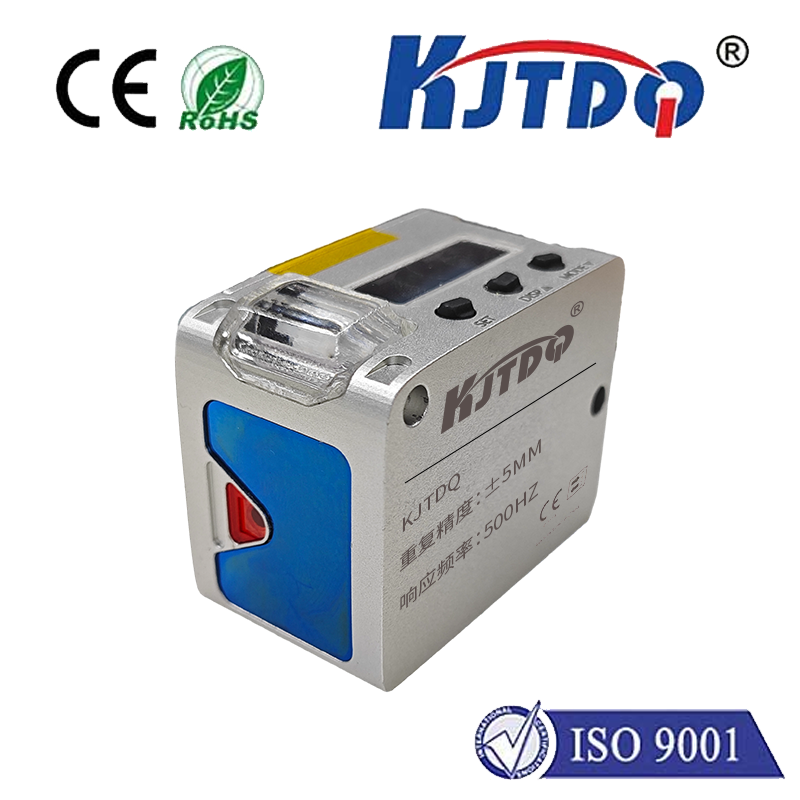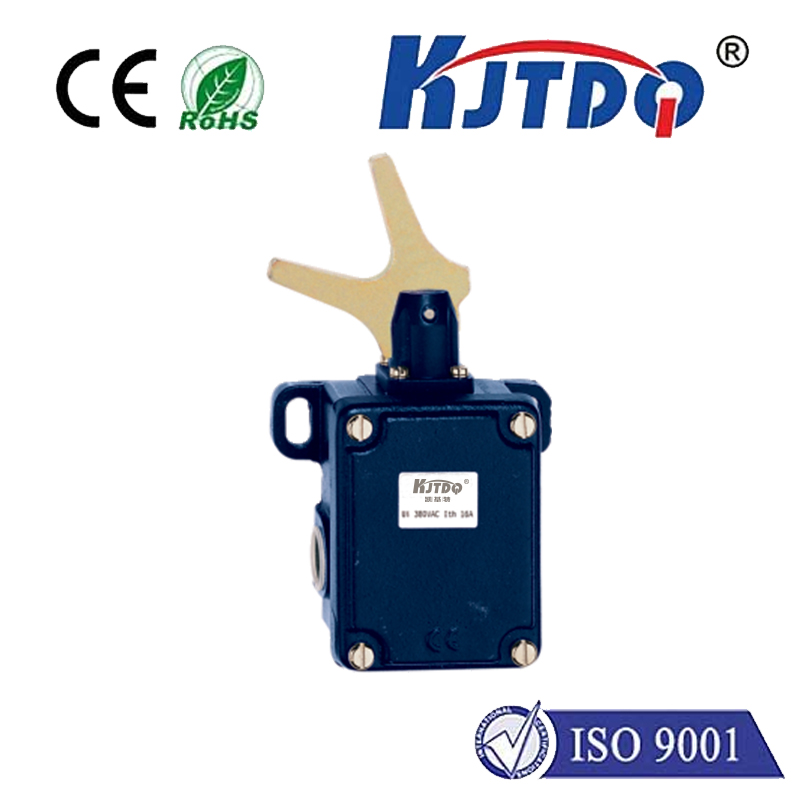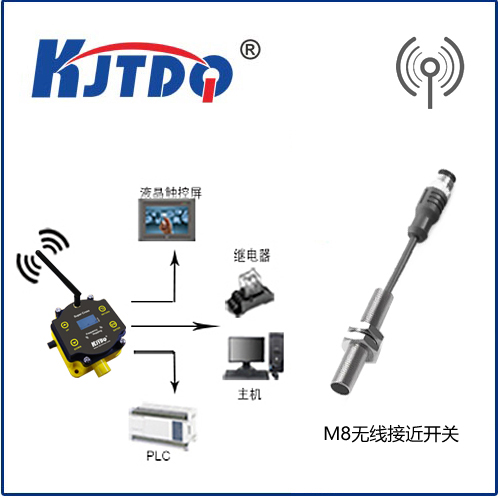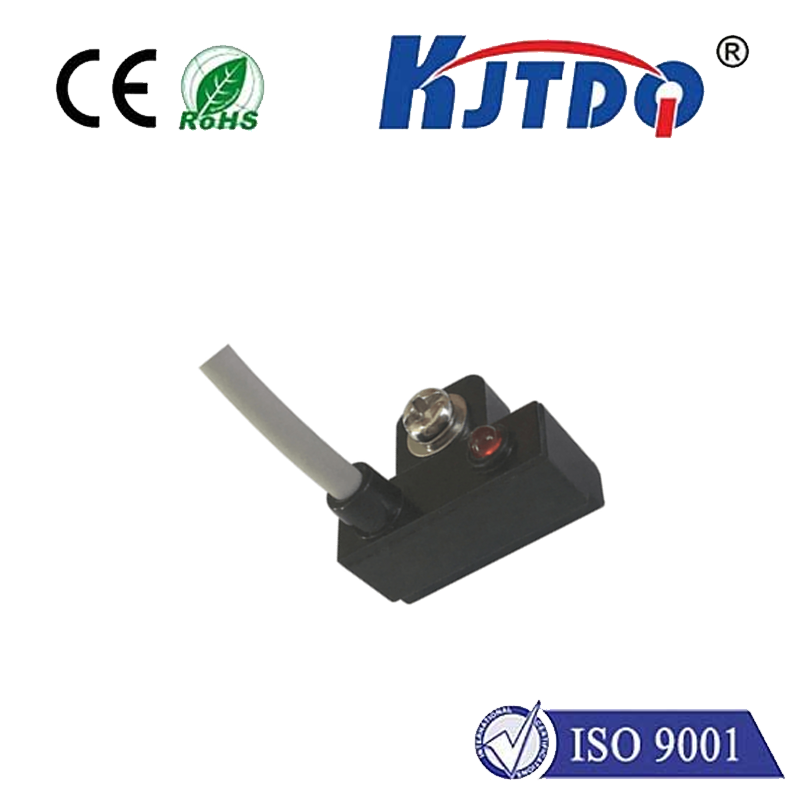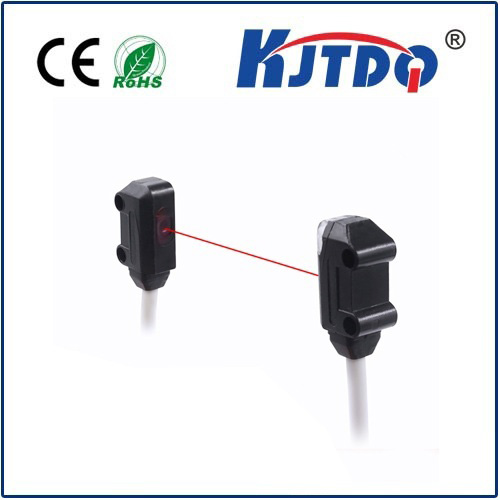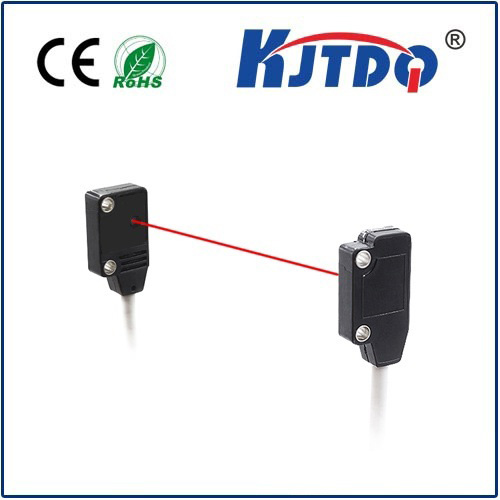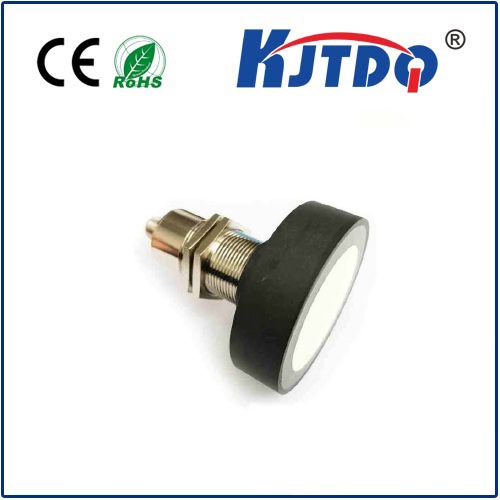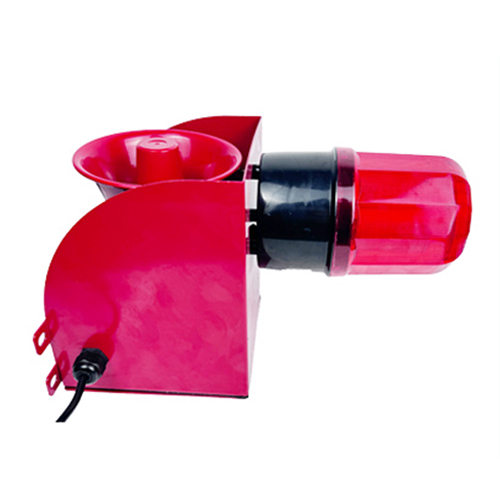

check

check

check

check
Imagine stepping into an elevator, pressing your desired floor button, and expecting the smooth, controlled ride you experience daily. Now, picture that same elevator failing to stop at the top or bottom floor, hurtling towards the overhead structure or crashing into the pit below. It’s a terrifying scenario, thankfully rendered virtually impossible by a critical, yet often overlooked safety component: the lift limit switch. These unassuming devices are the essential final line of defense, quietly preventing over-travel catastrophes in lifts and elevators worldwide.
Understanding the Core Function: Defining “Lift Limit Switch”
At its heart, a lift limit switch is a precisely positioned safety switch installed within an elevator shaft. Its primary, non-negotiable function is to detect when the elevator car is approaching the absolute physical limits of its travel path – the topmost and bottommost positions – and immediately cut power to the elevator’s drive motor and apply the brake. This over-travel protection is fundamental to preventing the car from colliding with the overhead structure (the “headroom”) or the pit floor. It acts as the ultimate safety backup, designed to intervene before any mechanical damage or passenger injury can occur.
How Lift Limit Switches Work: The Last Line of Defense
Limit switches are strategically installed at the very extremes of the elevator’s travel path, beyond the normal stopping points for the highest and lowest floors. Think of them as sentinels stationed at the absolute boundaries:
These switches are typically mechanically actuated. As the elevator car ascends or descends, a component attached to the car (often called a “dog” or “actuator”) physically engages the lever arm or roller of the limit switch when the car enters the extreme danger zone.

Beyond Just Passenger Elevators: The Ubiquity of Limit Switches
The term “lift” encompasses more than just passenger elevators. Lift limit switches are indispensable safety components in a wide array of vertical transportation and material handling equipment:
In all these applications, the final limit switch provides the critical last-resort safety stop, protecting equipment, infrastructure, and people.
The Crucial Distinction: Limit Switch vs. Normal Stop
It’s vital to understand that limit switches are not part of the elevator’s normal stopping function. Normal floor stops are controlled by the elevator’s positioning system (involving encoders, magnetic sensors, or tapes) and governed by its sophisticated control software. Limit switches are only activated when something has gone drastically wrong – such as a failure of the normal braking system, the positioning system, or operator error – causing the car to travel significantly beyond its intended stopping point. They are the absolute, final mechanical safeguard.
Technical Evolution: Types and Installation Considerations
While traditional mechanical switches (lever, roller-arm, rotary) remain common, relying on physical contact for actuation, technology is advancing:
Maintenance: Ensuring the Silent Sentinel Remains Vigilant
Like every critical safety component, lift limit switches require regular inspection and maintenance as part of a comprehensive elevator safety program:
The Irreplaceable Role in Safety
Lift limit switches are fundamental engineered safeguards. They are not about convenience; they are about preventing catastrophic failure. Adhering strictly to safety standards like EN 81, ASME A17.1, and local codes governing their design, redundancy, installation, and maintenance is absolutely mandatory for elevator manufacturers, installers, and maintenance providers. While often invisible to passengers, these unassuming devices embody the fail-safe principle that underpins modern elevator safety, ensuring that every ride concludes safely within the secure confines of the shaft. They truly are the silent sentinels guarding the vertical pathways we traverse daily with such implicit trust.
